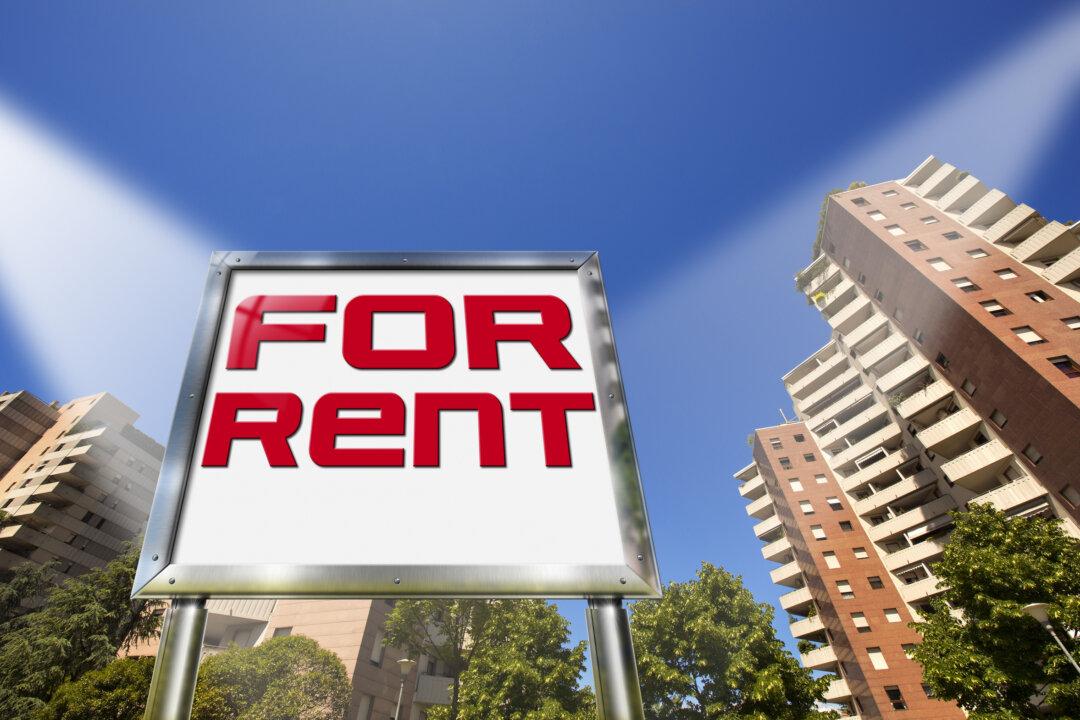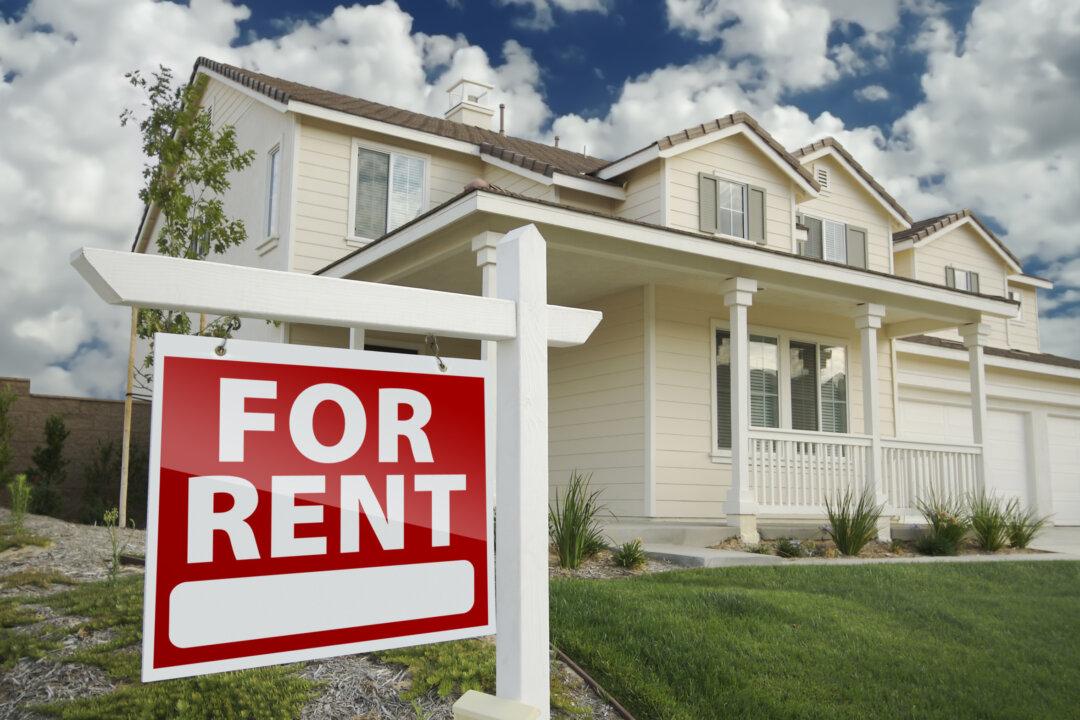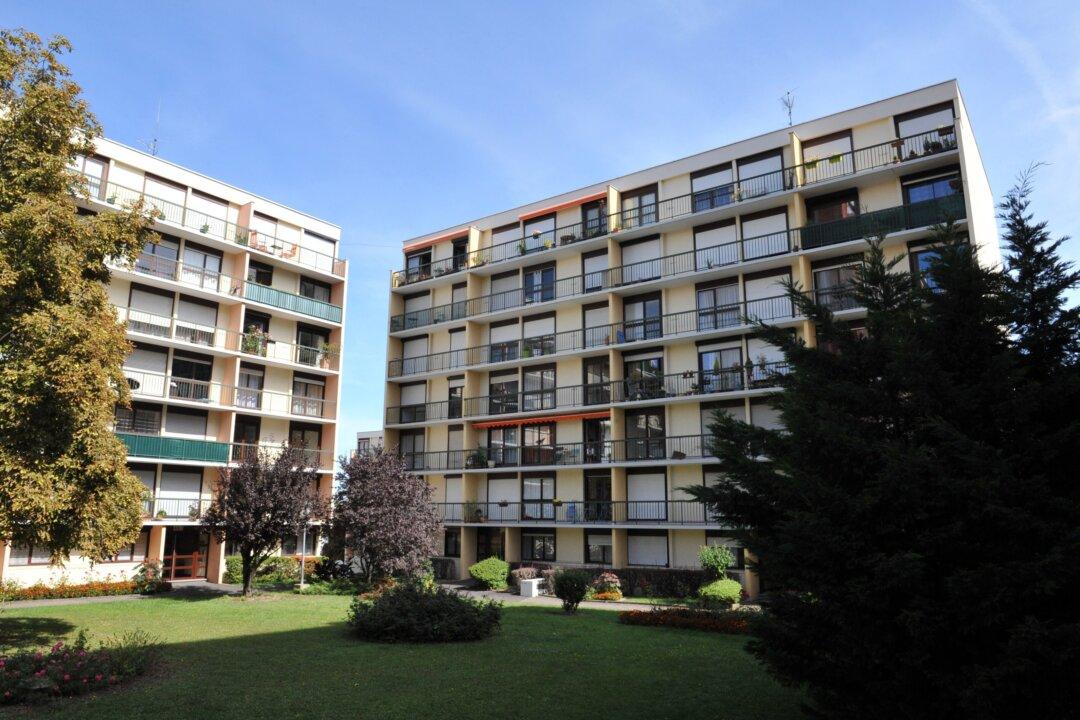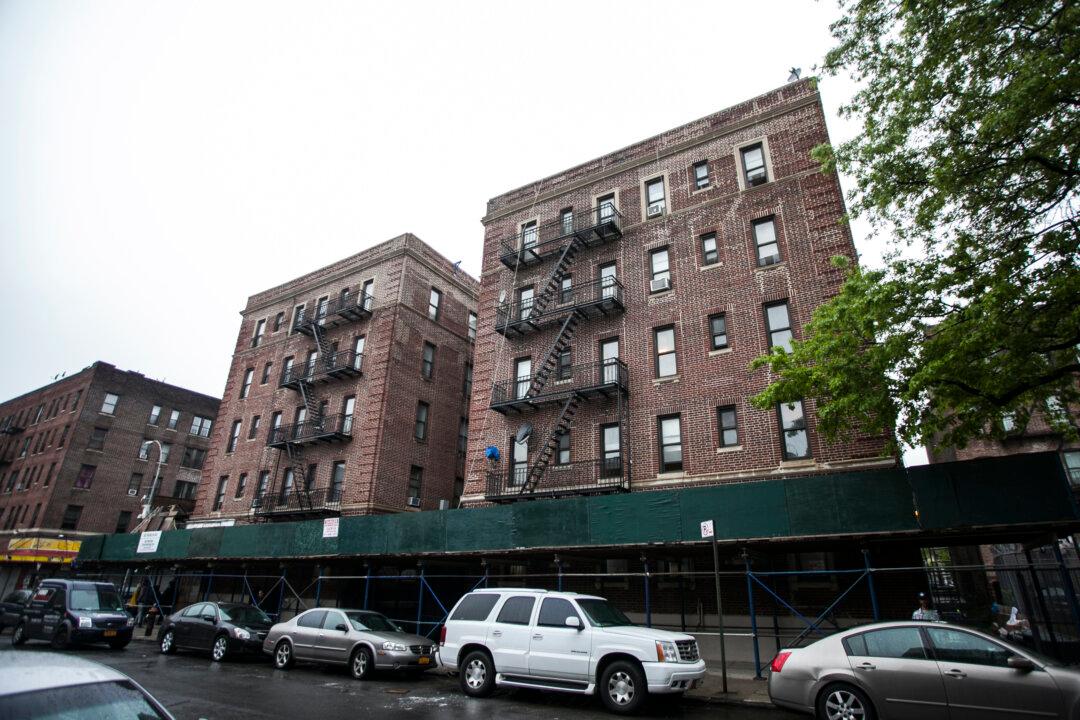If you have been looking at real estate as an investment, I’m sure you have come across books or people claiming they have purchased a property with “nothing down.”
Nothing down investing is an excellent alternative when you don’t have the necessary cash to make the down payment, or when you simply don’t want to use your own cash so as to increase the return on your investment (greater leverage).
What Is a ‘Nothing Down’ Investment?
When people hear nothing down, they think that they don’t have to put up any money to purchase a property. This is rarely the case and very hard to do in the current market with existing lending rules.
What “nothing down” really means, in most cases, is the investor doesn’t have to use any of his or her own cash to purchase the property. Most real estate transactions require that purchasers put up some type of down payment. This requirement and amount can vary depending on the lender and the credit score of the purchaser.
Sometimes the down payment can come from many sources: bank loan, loan from another party, credit card advances, equity partners, vendor take back, savings, retirement savings program, second mortgages, and more.
These days, most lenders are asking for as much as 20 percent of the purchase price for the down payment.
Some lenders will even want proof that the down payment is coming directly from the purchaser’s bank account, so some of these other sources will not be allowed.
Cash Flow Concerns
One of the big problems with nothing down real estate investing is that usually the investment is 100 percent financed. What this means is that it will be more difficult for your investment to yield a positive cash flow—which should always be your first objective—because of the bigger interest expense on the larger amount being financed.
I have seen some investors justify a poor cash flow, or even a negative cash flow, with the potential for profit from price appreciation. When purchasing a buy, rent, and hold investment, however, you should always make sure your property is generating a positive cash flow first. That means your income from rents and other sources must exceed the expenses associated with that property.
In addition, make sure you are being realistic about the expected income and the anticipated expenses in your budgeting.
Nothing down real estate purchases were really popular years ago when banks were allowing smaller down payments and down payments from other sources. Banks were more flexible prior to the financial crisis.
These days, there are still a few banks that will allow down payments from other sources, but in my experience, it’s next to impossible to do nothing down investing now with banks providing the financing.
Seller Financing
Probably the most common way for people to do nothing down investing now is through “subject to” seller financing. Here, the seller will transfer title to you without notifying the current lender, and will keep the mortgage in the seller’s name. Some lenders have due on sale clauses, which will prevent this type of transaction, so be sure to check the mortgage agreement first.
What seller financing means is that the person transferring the title is still liable for the mortgage debt, but the person to whom the property is being transferred now has title to the property and could possibly lose it if anything were to go wrong with the previous owner (the one who transferred the title).
Seller financing is an excellent alternative for motivated sellers who can’t sell their property and cannot keep up with the monthly costs. In most cases, the title can be transferred as part of an agreement of purchase and sale stating that the buyer is buying the property “subject to” the owner continuing to hold the existing mortgage (i.e. the seller has provided the financing by keeping the mortgage).
The big risk with this strategy is that the seller has a loan that is being paid for by the buyer. If the buyer decides not to make payments, the seller is in default. In essence, the seller is acting as a middleman.
Furthermore, this is done without the bank’s knowledge. If the bank discovers this situation, it could decide to call the mortgage if there was a due on sale clause that was not honoured. However, I have never seen this happen as long as the payments are being kept up to date.
In summary, nothing down investing does not mean you don’t have to put any money down to make a purchase. Nothing down investing is a great alternative when you don’t want to use your own cash. It’s gotten much more difficult to do when dealing with banks, but seller financing is a viable alternative.
But above all, you want to make sure your investment has a positive cash flow at all times, which is more difficult with nothing down deals due to the fact that it’s 100 percent financed.
Jim Pellerin has been investing in real estate for over 25 years. He is the author of “7 Steps to Real Estate Riches.” Check out his blog at www.jimpellerin.com.




